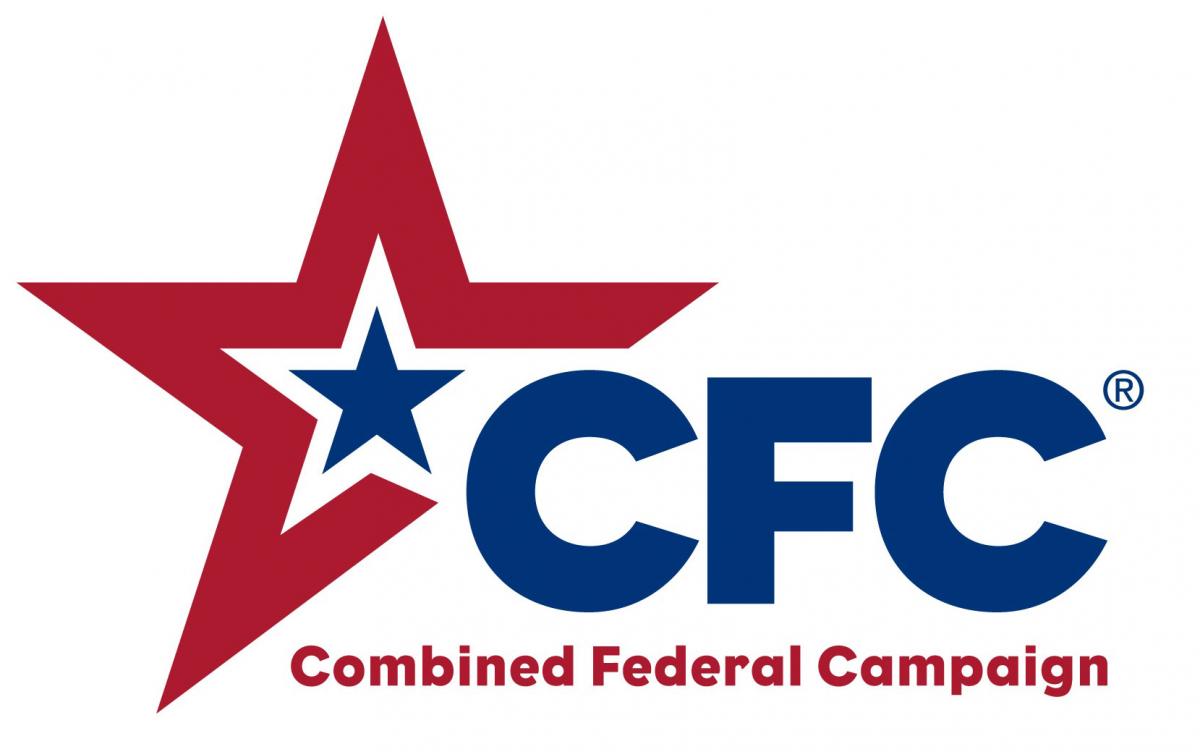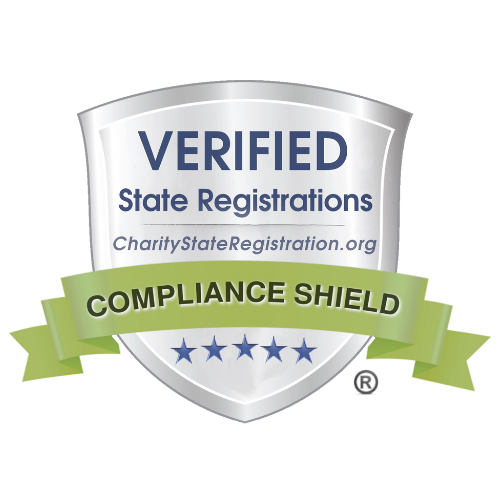Calculating Income for the Affidavit Of Support
Last Updated
Since 1997, immigration law has required every petitioner in a family-based petition to complete an affidavit of support on behalf of the intending immigrant. The sponsor must either demonstrate the means to maintain an annual income equal to at least 125 percent of the federal poverty income line or obtain a joint sponsor who can meet that threshold.
If the intending immigrant is the sponsor’s spouse or child, and the sponsor is on active duty in the Armed Forces (other than active duty for training), then the sponsor’s household income is sufficient if it equals at least 100 percent of the federal poverty line. Armed Forces include the Army, Marines, Navy, Air Force or Coast Guard. Joint sponsors or substitute sponsors who are active members of the Armed Forces must only satisfy the 100 percent level; they may not use that lower level if they are not active members and it is based only the petitioner/sponsor’s being an active member.
The federal poverty line is defined as “the level of income equal to the poverty guidelines as issued by the Health and Human Services in accordance with 42 U.S.C. 9902 that is applicable to a household of the size involved.” 8 CFR § 213a.1. The federal poverty income line is established by the Office of Management and Budget and is published in guidelines updated each year by the Department of Health and Human Services. The amount of income necessary to be above the poverty income line depends on where the sponsor resides (either in any of the 48 contiguous states, in Alaska, or in Hawaii) and the size of the sponsor’s family. U.S. Citizenship and Immigration Services and Department of State are instructed to use the most current poverty income guidelines, which go into effect on the first day of the second month after the guidelines are published in the Federal Register. The poverty income guidelines for 2016, for example, were published on Jan. 25, 2016, and became effective on March 1, 2016.
The key to applying the federal Poverty Income Guidelines and satisfying the 125 percent rule is knowing which household members or dependents must be counted in determining family unit size and whose income can be included.
Whose income counts?
In determining the amount of household income that can be considered in satisfying the 125 percent requirement, the regulations allow the inclusion of income from the following persons:
- The sponsor
- The sponsor’s spouse and of any other person included in determining the sponsor’s household size, and
- The intending immigrant.
To count the income of any of these household members, the person must be at least 18 years old and, except for the intending immigrant, execute a Form I-864A. The intending immigrant must complete an I-864A only if he or she will be immigrating with a derivative spouse or child. The I-864 and the instructions indicate that the intending immigrant does not have to execute a Form I-864A unless he or she has “accompanying” dependents, which would mean immigrating at the same time or within six months of the intending immigrant. If the intending immigrant files an I-864A, the required I-864A would relate to support for the derivative spouse or child.
If the household member is the sponsor’s parent, sibling, son or daughter (other than claimed dependent), he or she must submit proof of that relationship and shared residence with the sponsor. If the household member is a claimed dependent, no proof of relationship or residence is required. Similarly, if the household member is the intending immigrant and is the spouse of the sponsor, no proof of residence is required. If the household member is the intending immigrant and is the sponsor’s child, son or daughter, parent, or sibling, no proof of relationship is required, but proof of residence is required.
Household members who execute Form I-864A do not have to be U.S. citizens, nationals or lawful permanent residents. Nor is there any specific requirement that they be residing in the United States with lawful immigration status. The Form I-864A only requires that the household member provide a Social Security number if he or she has one. However, he or she must provide the prior year’s tax return.
To count the intending immigrant’s income, he or she must either be residing with the sponsor or be the sponsor’s spouse. But in all circumstances the intending immigrant’s income must be derived from “lawful employment in the United States or from some other lawful source that will continue to be available to the intending immigrant after he or she acquires permanent resident status.” 8 CFR § 213a.1. USCIS clarified that this means “authorized employment,” or that performed while the worker had an employment authorization document.
What is meant by current income?
One of the most important concepts to understand when completing the I-864 is that current income is what determines whether the sponsor satisfies the financial requirements. The income reported on prior tax returns is helpful and instructive, but probably only if the current income is more than what was reported on last year’s federal income tax return.
The instructions to the Form I-864 explain that the sponsor is to enter his or her “current individual, earned or retirement, annual income.” Enter “expected income for the current year.” This means calculating how much money the sponsor is anticipating earning for the calendar year “in which the intending immigrant filed the application for an immigrant visa or adjustment of status.” 8 CFR § 213a.2(c)(2)(ii)(A), (C). Start with the sponsor’s current salary and the amount of income he or she has earned to date, and then extrapolate until the end of the calendar year. Ask such questions as to whether the sponsor is:
- Planning to change jobs
- Anticipating being laid off or terminated
- Subject to seasonal fluctuations in employment or increase/reduction in number of hours
- Anticipating a salary increase or promotion
- Due for a normal end-of-year bonus
- Planning to take maternity or paternity or other paid/non-paid leave.
Example: Mike is immigrating his wife and is filing an I-864. It is Oct. 31, 2016 and you are assisting him in calculating his current income for Part 6. Mike was unemployed for the first six months of 2016, but started working at a job on July 1 that pays an annual salary of $48,000. He is not anticipating earning any additional income and he is planning on working for this employer indefinitely. Mike’s current individual annual income is $24,000 (not $48,000) because that is the amount of income he is anticipating earning in 2016.
Similarly, if the sponsor will be relying on the income of the intending immigrant or other household members, it is their current income that will be listed on the Form I-864 and I-864A. This is the amount of income they plan to earn for the calendar year in which the affidavit of support is filed.
The sponsor cannot count income from prospective employment or employment “that has not yet actually begun.” 8 CFR § 213a.1. The regulation stresses that it is the “reasonably expected household income” that shall be given the “greatest evidentiary weight.” 8 CFR § 213a.2(c)(2)(ii)(C). Tax returns or other documentation will serve merely as evidence of the likelihood that the sponsor will be able to maintain this income in the future.
The sponsor does not have to be employed. The Form I-864 requires the sponsor to state whether he or she is employed, self-employed, retired or unemployed.
The State Department interprets “income” for purposes of the affidavit of support to be “total unadjusted income as shown on the tax return, before deductions.” Foreign Affairs Manual (FAM) 40.41 N5.5. Income includes salary and any monetary gains from any source, including the following:
- Interest income and dividends
- Alimony
- Child support
- Retirement benefits
- Rent
- Unemployment compensation
- Workers’ compensation or other similar benefits, and
- Any other benefits that the sponsor has received that must be included as taxable income.
See Instructions for Affidavit of Support Under Section 213A of the INA, page 7; 71 Fed. Reg. 35731, 35738 (June 21, 2006); FAM 40.41 N5.5.
Income cannot come from illegal conduct, “such as proceeds from illegal gambling or drug sales,” even if this income was reported on the sponsor’s income tax. In addition, the sponsor may not count any means-tested benefits as income. These include the following federal benefit programs:
- Food Stamps
- Supplemental Security Income (SSI)
- Medicaid
- Temporary Assistance to Needy Families, or TANF or
- State Child Health Insurance Program, or SCHIP.
Earlier policy memos explain that sponsors can include both taxable and nontaxable income, such as disability and child support payments, as part of the total household income. Until USCIS or DOS issues further guidance, proceed as if those interpretations are still in effect.
Many practitioners become confused when comparing the current individual annual income in Part 6 #2 of the I-864 or current annual household income in Part 6 #14 with the information regarding the federal tax return in in Part 6 #19. These are separate questions and often do not relate to each other. For example, the current individual annual income is what the sponsor earned himself or herself, and does not take into consideration what a spouse may have earned. If the couple filed a joint return, their combined income as reported on Part 6 #19.a. would be higher than what is reported on Part 6 #2 or #14.
How and when to prove current income?
All sponsors, as well as household members who submit an I-864A, must include a copy of last year’s tax return. If the sponsor’s current household income and the income reported on last year’s income tax return are both above the 125 percent of poverty level, the sponsor has satisfied the financial requirement and should not need to include additional supporting documentation.
Sponsors whose current income is more than the income reported on last year’s tax return may be asked to verify or document the increase. This is particularly true if the income reported on last year’s tax return is less than the 125 percent of poverty threshold. In that case the sponsor should support the estimate of current income with an employer’s letter, pay stubs, and tax returns from the prior three years. The employer’s statement should be on business letterhead that includes employer’s address and telephone number and the following information regarding the sponsor: dates of employment; wages paid and annual salary; job classification or type of work performed; and intention to retain him or her. Include pay stubs for the past six months.
Proof of non-taxable income could include the following: letters from the Social Security office verifying the monthly payments or a copies of annual Social Security income statements; quarterly or monthly investment earnings or brokerage account statements showing dividend or interest income; copy of a trust that provides non-taxable income; life insurance proceeds; copy of court order or settlement establishing alimony or child support payments; or disability insurance proceeds.
Self-employed sponsors have additional duties. Remember that it is adjusted or net income, after deductions reported on Schedule C (Profit and Loss Statement), that controls. Current income should be verified with a statement on business letterhead signed by the sponsor and the Chief Financial Officer attesting to the estimated income for the current calendar year. Alternatively, or in addition, the sponsor may submit a statement from an independent tax preparer or certified public accountant assessing the current income of the business. Include any bank statements, deposited checks, and invoices that reflect current profitability. The burden of proving current annual income is harder if the self-employed sponsor is estimating earning more income than what was reported less income on last year’s income tax return. And it is even harder if last year’s reported income is below the 125 percent threshold.
Be creative and be diligent!
While the statute, regulations and policy memos provide guidelines, they do not address all the various situations you will face. Be prepared to advocate with the Chicago Lockbox, the National Benefits Center, the National Visa Center and the local USCIS district office or consulate as to why the affidavit of support satisfies the legal requirements. In many cases, the most expedient response to a Request for Evidence (RFE) requesting a joint sponsor is to locate someone who is willing to assume that role. But often the USCIS or DOS official requesting this additional I-864 has not examined the supporting documentation or is not following the agency guidelines. Don’t hesitate to challenge inappropriate RFEs and improper requests for additional evidence.





